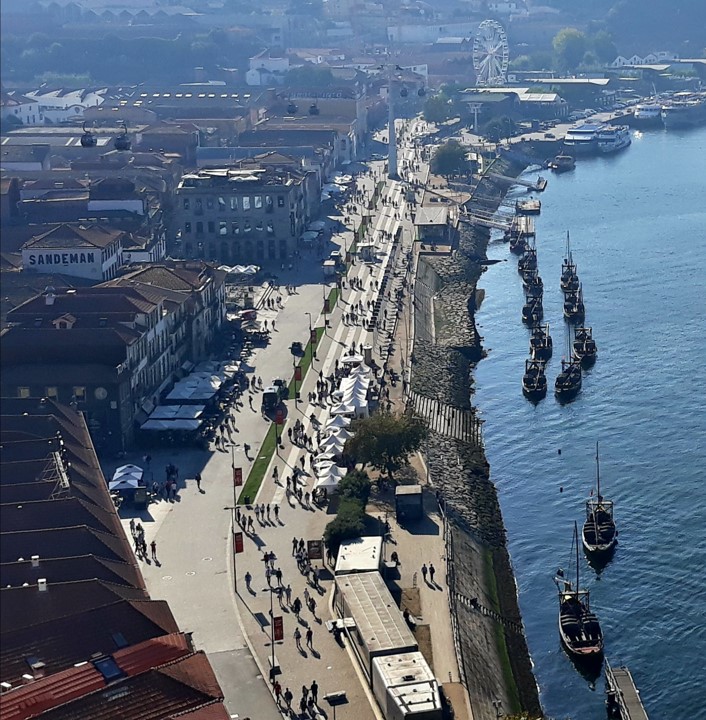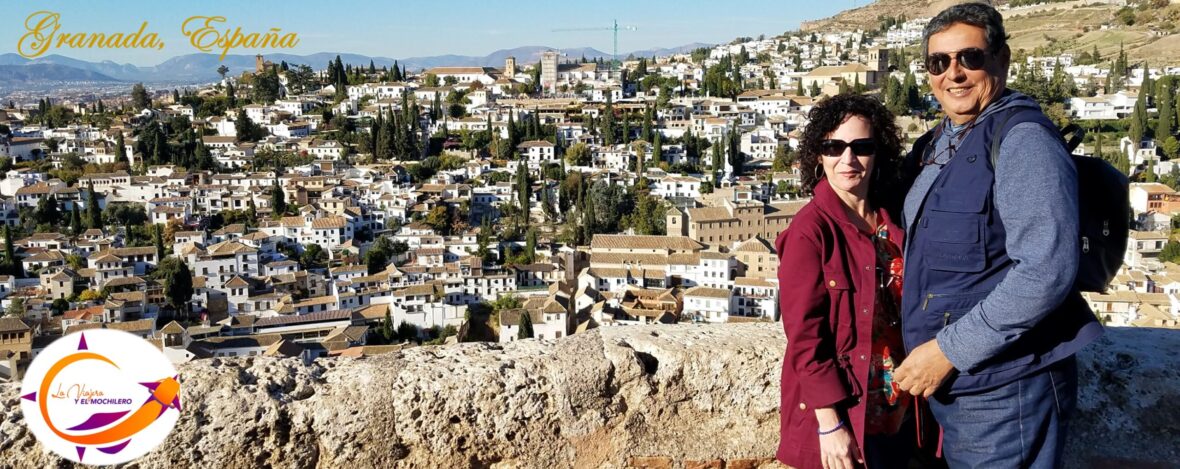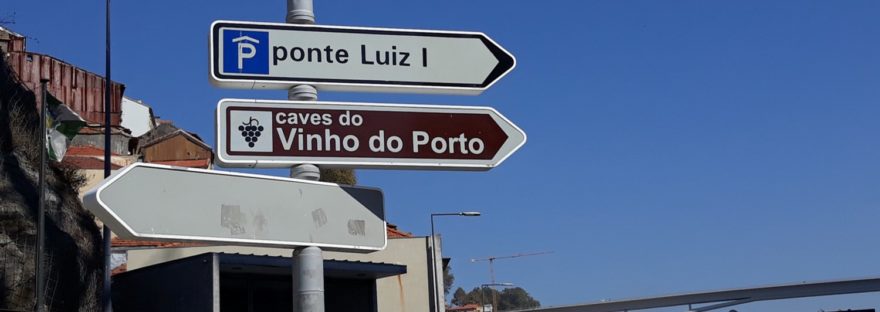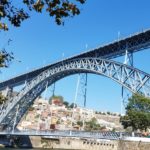 During our visit to Porto, we could not miss the experience of visiting the wineries of the main wine houses. We crossed over the “Ponte Luis I” bridge towards the neighboring town, Vila Nova de Gaia. Curiously, in 1834 this municipality was created by merging the municipalities of Vila Nova (1288) and Gaia (1255), thus the Vila Nova de Gaia was born.
During our visit to Porto, we could not miss the experience of visiting the wineries of the main wine houses. We crossed over the “Ponte Luis I” bridge towards the neighboring town, Vila Nova de Gaia. Curiously, in 1834 this municipality was created by merging the municipalities of Vila Nova (1288) and Gaia (1255), thus the Vila Nova de Gaia was born.
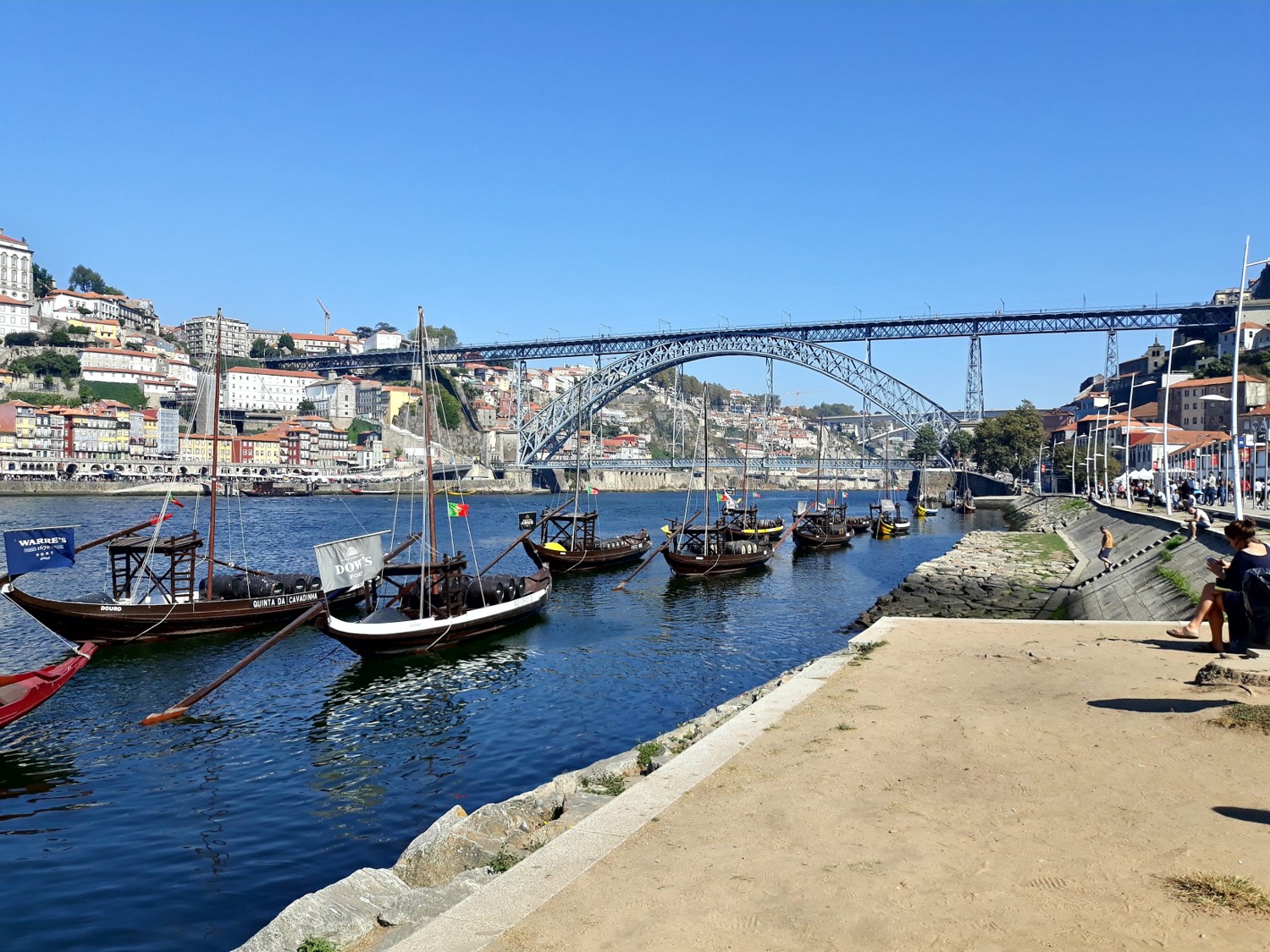
The valleys of the Rio Duoro (Portugal) or Rio Duero (Spain) are renowned for their large vineyards for the production of a wide variety of wines. In the vineyards of Portugal, the grapes that produce the “vinho verde” and the “vinho do Porto” or simply known as Porto are grown. In fact, the best place in the world to taste these wines, interestingly, is not Porto, but on the southern bank of the Duoro River, in Vila Nova de Gaia.

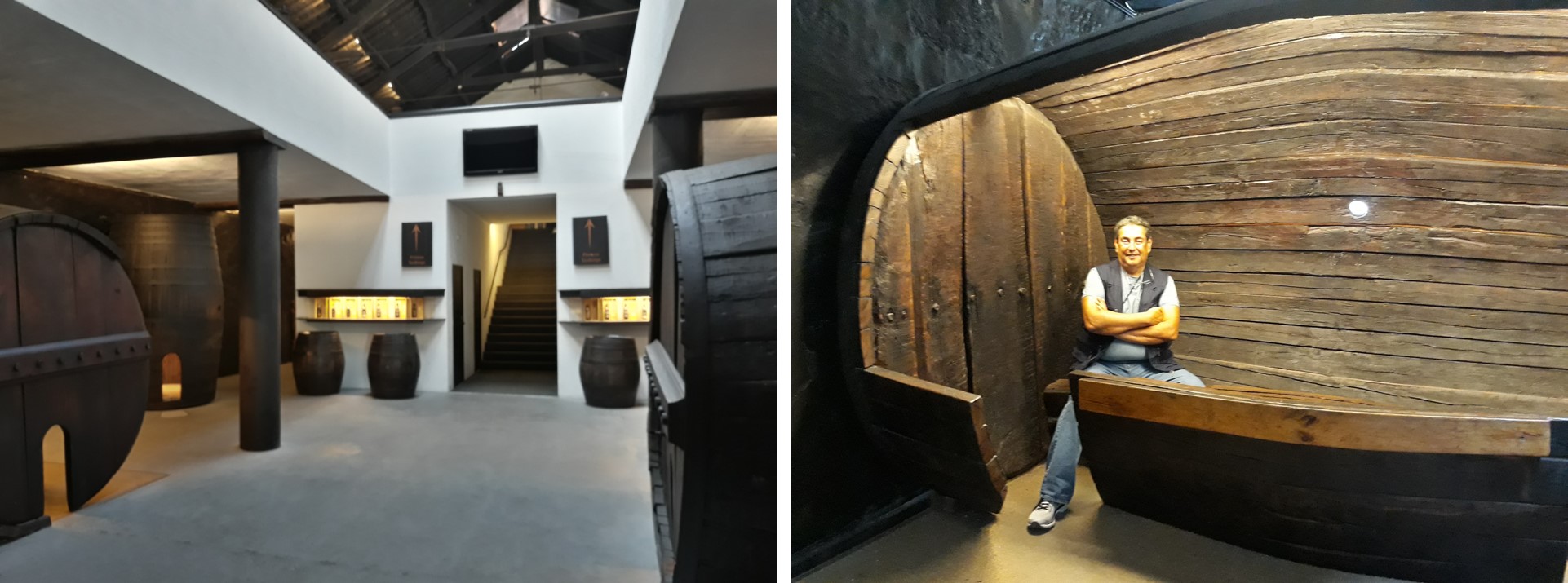
As to how the elaboration of the wines of Porto arises, it is said that in a monastery of Lamego, Portugal, they used a technique to modify the wine. In the process of fermenting the wine, they added brandy. This mixture created a wine with a higher alcohol content and a very sweet taste, due to the remaining sugar that was not fermented when the process was interrupted. This wine became very popular in Britain in the face of the shortage of French wines during the war between them in the late seventeenth century. The success of this wine was of such magnitude that many English companies founded their wineries in the Vila Nova de Gaia. This is how we find wineries such as Taylor, Croft, Graham, Osbourne and Cockburn Smithes. Among the local wineries are Ferreira, Ramos Pinto, and many others. It is estimated that there are a total of sixty wineries and wine stores in this area.
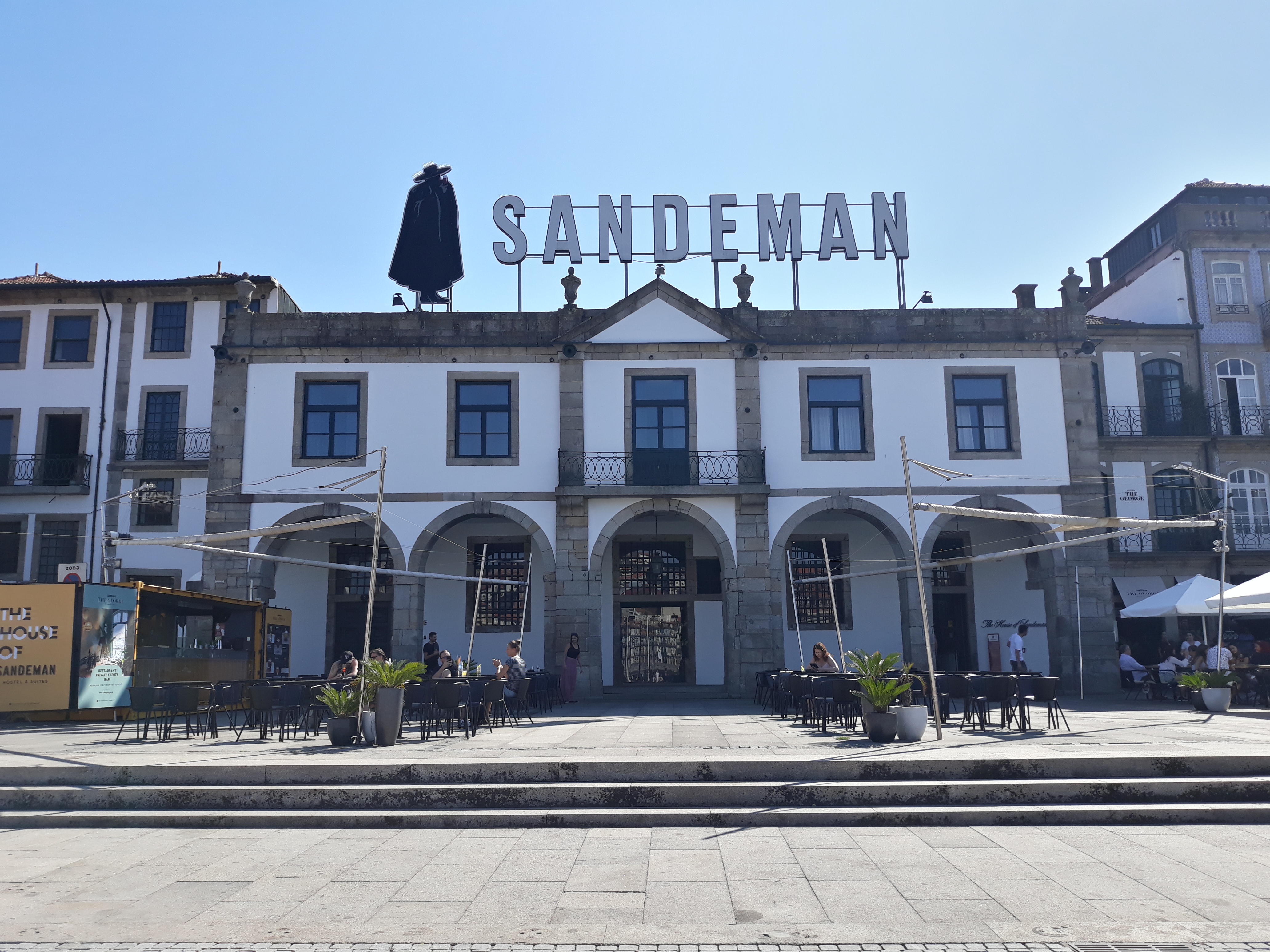
From before arriving to Porto we already knew which winery we would visit, the iconic Sandeman winery. Sandeman was founded in 1790 by the Scottish brothers George and David Sandeman. It was there, on the banks of the Duoro River, we savored the green wine and Sandeman Bliss with some delicious tapas.
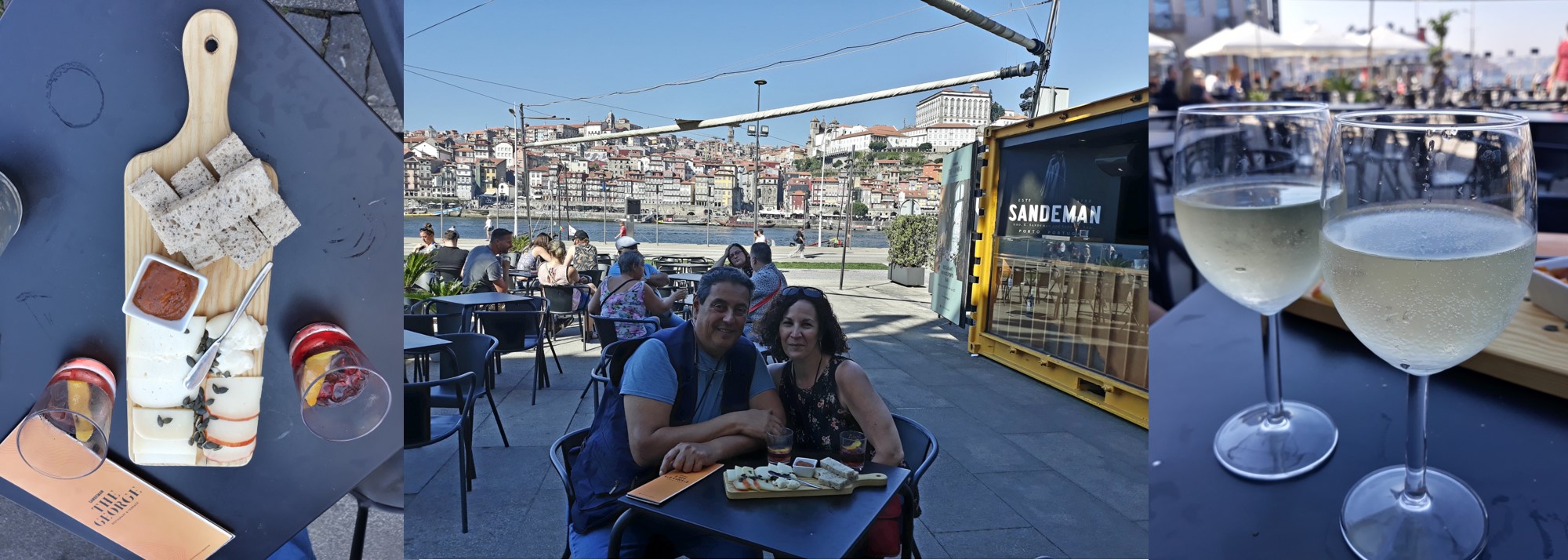
Walking through the Vila Nova de Gaia, you will discover many interesting structures and different styles. One that caught our attention was the Parish Church of “Santa Marinha”. In a Baroque style, it has a single nave inside and a single tower, It is the work of Nicolas Nasoni of the sixteenth century, being restored in the seventeenth century. The bell tower was added during the second half of the 19th century. It presents a sober construction with the portal topped by a projecting arch, where the frame of a large oculus is born. The facade is flanked by a polygonal bell tower to the cornice, in a rare form true to Portugal.
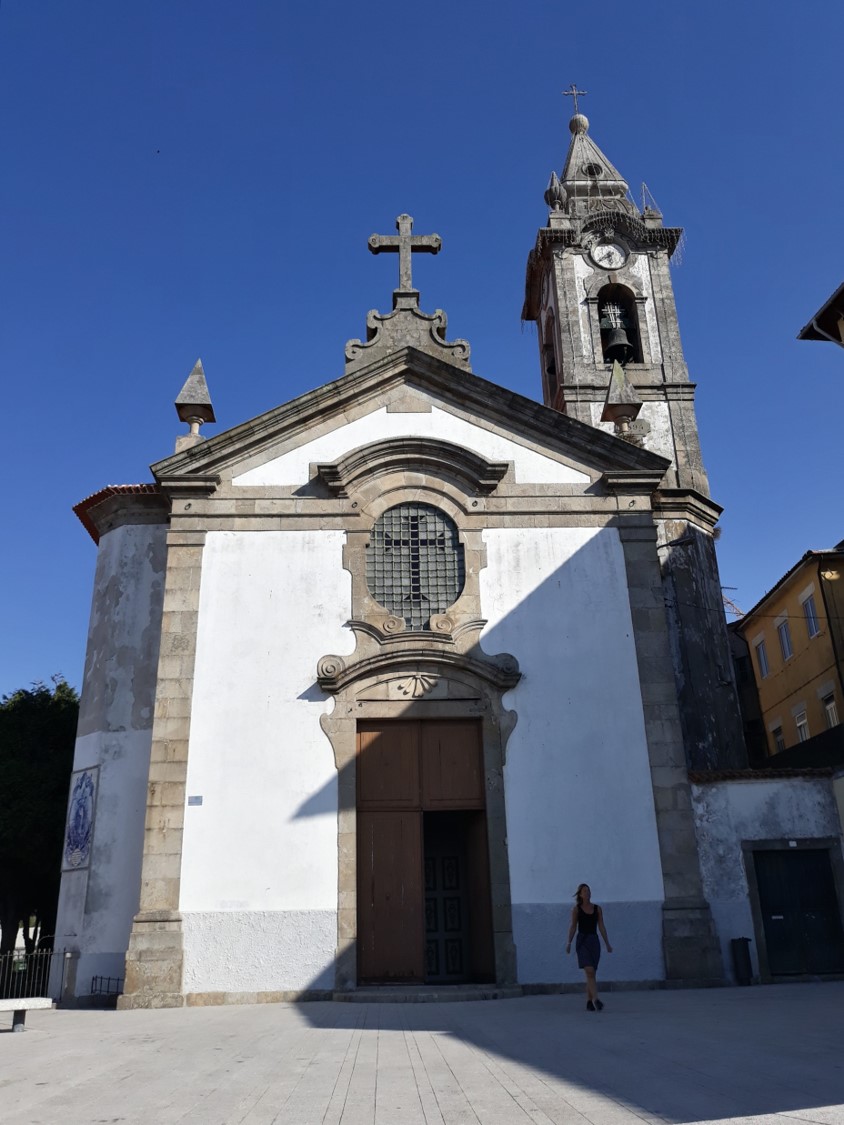
What better way to return, than taking the Gaia Cable Car that connects “Cais de Gaia” with the “Jardim do Morro” at the top level of “Ponte Luis I” bridge.
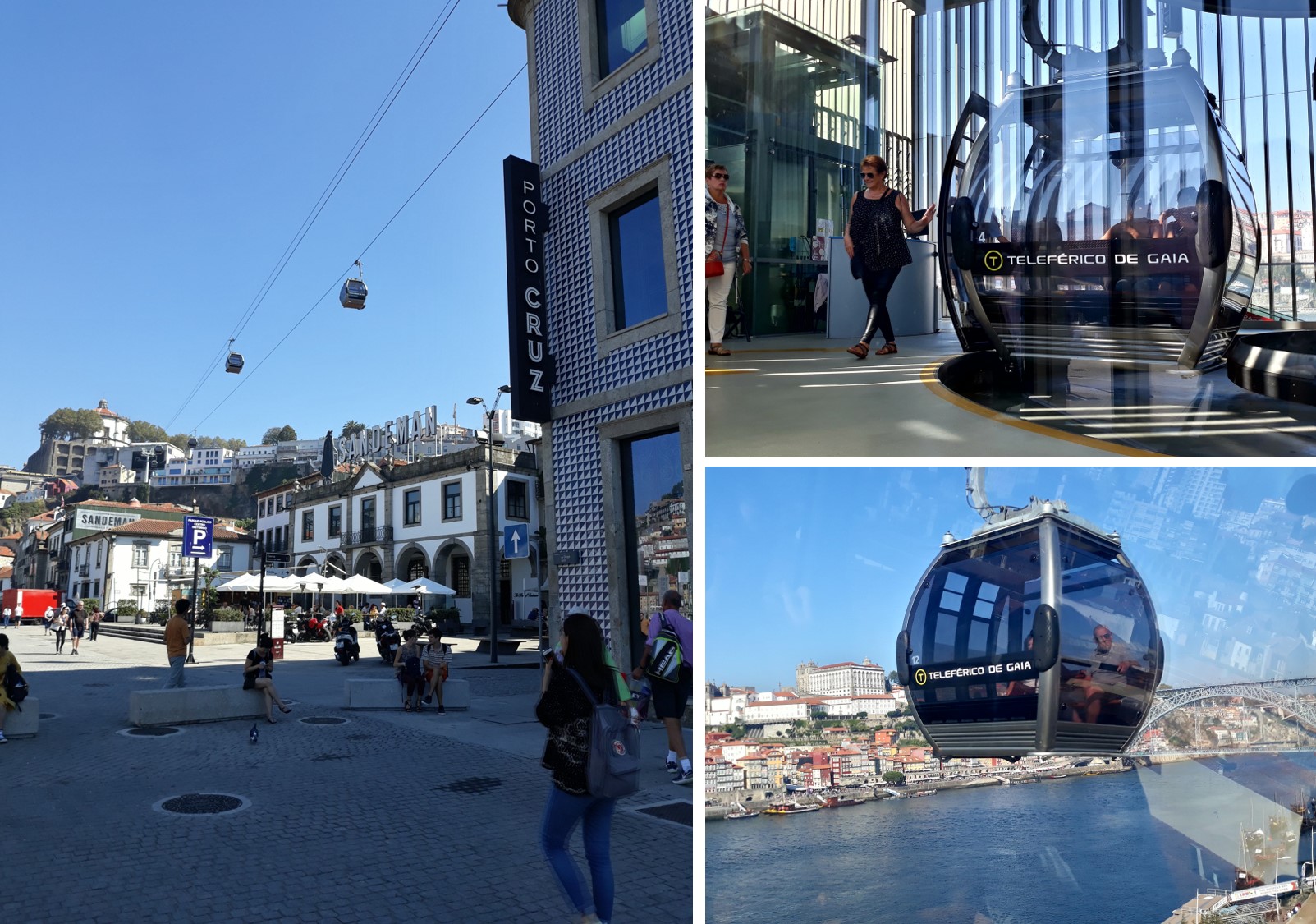
An unforgettable experience and views.
